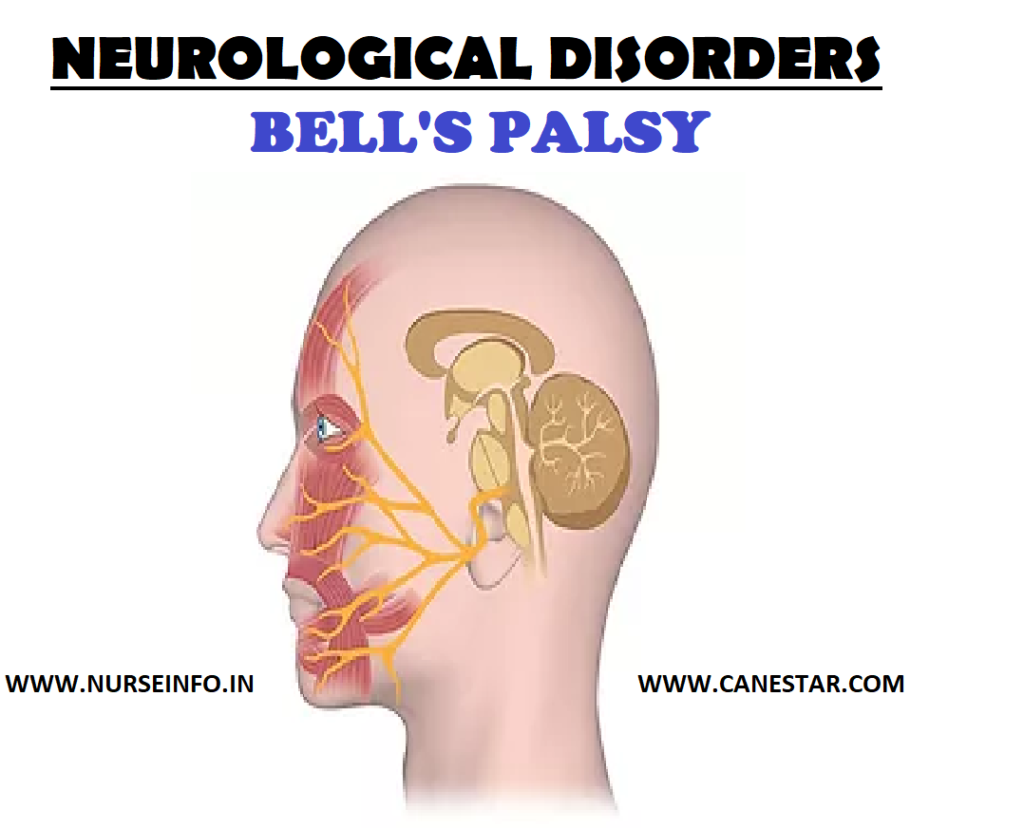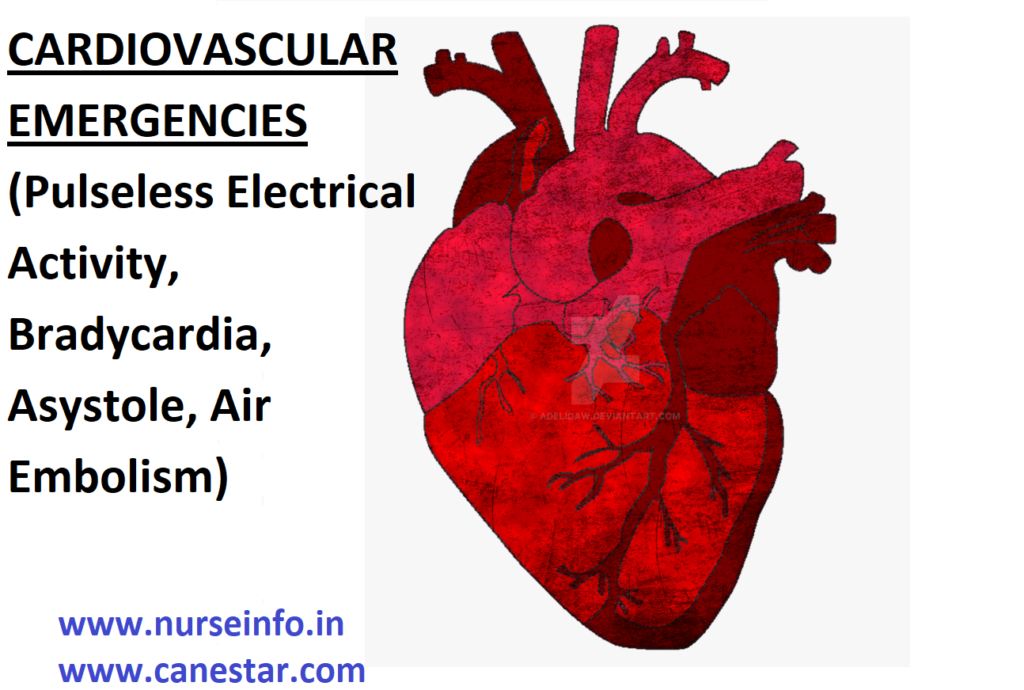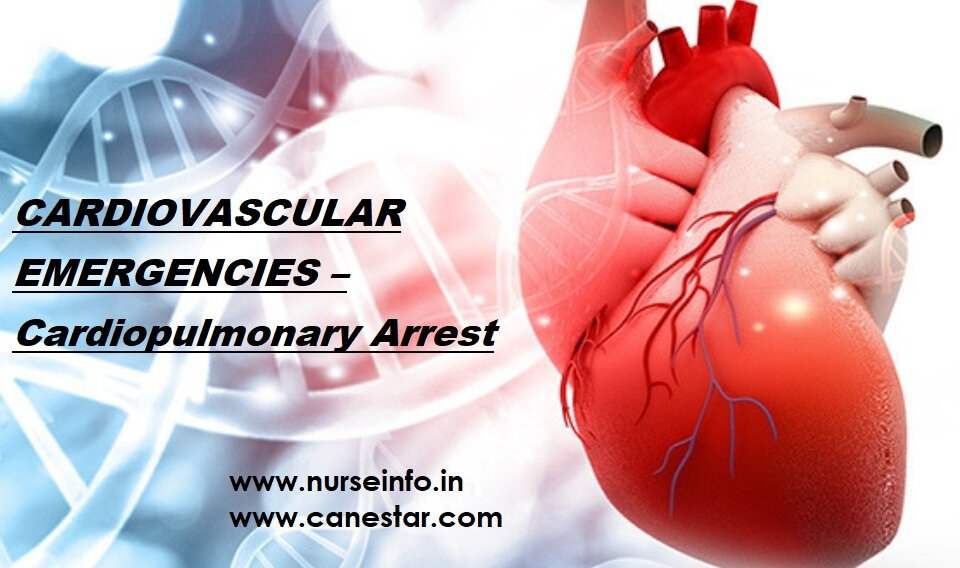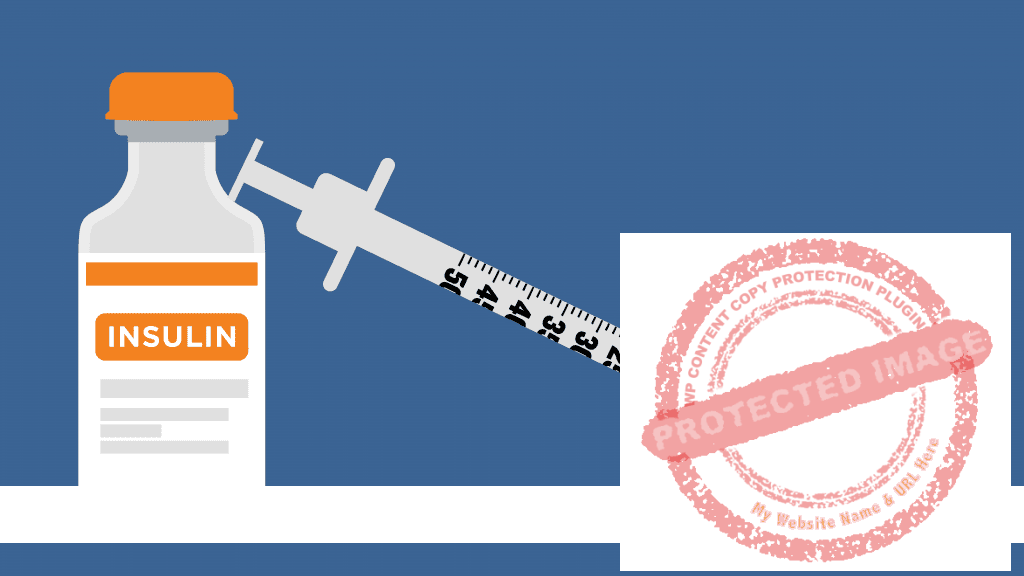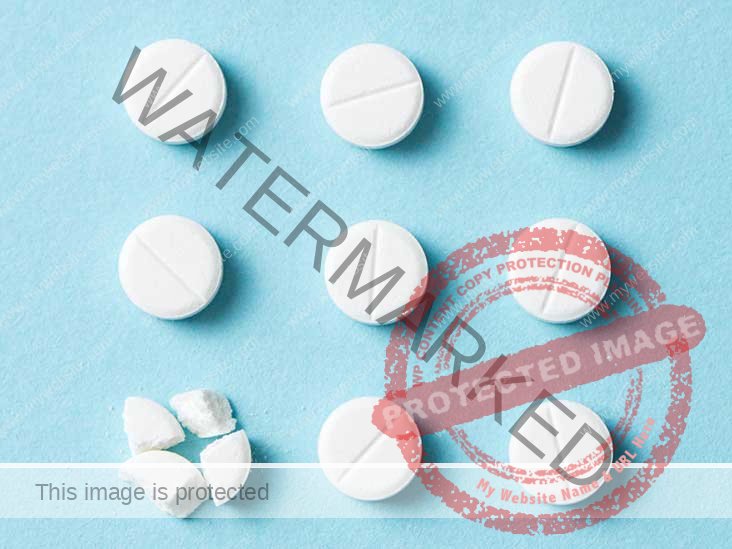MYASTHENIA GRAVIS – Etiology, Signs and Symptoms, Diagnostic Evaluation and Management (Medical, Surgical and Nursing)
Myasthenia gravis is a chronic inflammation neuromuscular disease characterized by varying degrees of weakness of the skeletal (voluntary) muscles of the body. The name myasthenia gravis, which is Latin and Greek in origin, literally means “grave muscle weakness.”
ETIOLOGY
Autoimmunity
In myasthenia gravis, the immune system produces antibodies that block or destroy muscles receptor sites for a neurotransmitter called acetylcholine. Antibodies may also block the function of a protein called a muscle-specific receptor tyrosine kinase. This protein is involved in forming the nerve-muscular junction. When antibodies block the function of this protein, it may lead to myasthenia gravis.
Thymus Gland
Tumors of the thymus (thymomas). Usually, thymomas are not cancerous. In some people, myasthenia gravis is not caused by antibodies blocking acetylcholine or the muscle-specific receptor tyrosine kinase. This type of myasthenia gravis is called antibody-negative myasthenia gravis. Antibodies against another protein, called lipoprotein-related protein 4, may play a part in the development of this condition.
Genetic Factors
Rarely, mothers with myasthenia gravis have children who are born with myasthenia gravis (neonatal myasthenia gravis). If treated promptly, children generally recover within two months after birth.
Factors that can worsen Myasthenia Gravis
- Fatigue
- Illness
- Stress
- Extreme heat
- Some medications – such as beta blockers, quinidine gluconate, quinidine sulfate, quinine (qualaquin), phenytoin (Dilantin), certain anesthetics and some antibodies.
SIGNS AND SYMPTOMS
Eye Muscles
In more than half the people who develop myasthenia gravis, their first signs and symptoms involve eye problems, such as:
- Drooping of one or both eyelids (ptosis)
- Double vision (diplopia), which maybe horizontal or vertical, and improves or resolves when one eye is closed.
Face and Throat Muscles
In about 15 percent of people with myasthenia gravis, the first symptoms involve face and throat muscles, which can cause:
- Altered speaking
- Difficulty swallowing
- Problems chewing
- Limited facial expressions
Neck and Limb Muscles
Myasthenia gravis can cause weakness in neck, arms, and legs, but this usually happens along with muscle weakness in other parts of body, such as eyes, face or throat.
The disorder usually affects arms more often than legs. However, if it affects legs, patient may waddle when walk. If neck is weak, it may be hard to hold up head.
Patient may have difficulty in:
- Breathing
- Swallowing
- Chewing
- Walking
- Using arms or hands
- Holding up head
DIAGNOSTIC EVALUATION
Diagnosis may be made on the basis of neurological health by testing:
- Reflexes
- Muscle strength
- Muscle tone
- Senses of touch and sight
- Coordination
- Balance
The key sign that points to the possibility of myasthenia gravis is muscle weakness that improves with rest. Tests to help confirm the diagnosis may include:
- Edrophonium test: Injection of the chemical edrophonium chloride (Tensilon) may result in a sudden, although temporary, improvement in muscle strength. This is an indication that the patient may have myasthenia gravis. Edrophonium chloride blocks an enzyme that breaks down acetylcholine, the chemical that transmits signals from nerve endings to muscle receptor sites.
- Ice Pack Test: in this test, a bag filled with ice is placed on eyelid. After two minutes, doctor removes the bag and analyzes droopy eyelid for signs of improvement.
- Blood Analysis: a blood test may reveal the presence of abnormal antibodies that disrupt the receptor sites where nerve impulses signal muscles to move.
- Repetitive nerve stimulation: in this nerve conduction study, electrode is attached to skin over the muscles to be tested.
- Single-fiber electromyography (EMG): electromyography (EMG) measures the electrical activity traveling between brain and muscle. It involves inserting a fine wire electrode through skin and into a muscle.
- Imaging scans: CT scan or an MRI to check if there is a tumor or other abnormality in thymus.
- Pulmonary function tests: to evaluate whether condition is affecting breathing.
MANAGEMENT
Medical Management
- Cholinesterase inhibitors: medications such as pyridostigmine enhance communication between nerves and muscles. These medications do not cure the underlying condition, but they may improve muscle contraction and muscle strength.
- Corticosteroids: corticosteroids such as prednisone inhibit the immune system, limiting antibody production. Prolonged use of corticosteroids, however, can lead to serious side effects, such as bone thinning, weight gain, diabetes, and increased risk of some infections.
- Immunosuppressants: such as azathioprine, mycophenolate mofetil, cyclosporine or tacrolimus. Side effects of immunosuppressants can be serious and may include nausea, vomiting, gastrointestinal upset, increased risk of infection, liver damage, and kidney damage.
- Plasmapheresis: this procedure uses a filtering process similar to dialysis. Blood is routed through a machine that removes the antibodies that block transmission of signals from nerve endings to muscles’ receptor sites. Other risks associated with plasmapheresis include a drop in blood pressure, bleeding, heart rhythm problems or muscle cramps. Some people may also develop an allergic reaction to the solutions used to replace the plasma.
- Intravenous immunoglobulin (IVIg): this therapy provides normal antibodies, which alters the immune system response. IVIg has a lower risk of side effects than do plasmapheresis and immune-suppressing therapy. Side effects, which usually are mild, may include chills, dizziness, headaches, and fluid retention.
Surgical Management
About 15 percent of the people with myasthenia gravis have a tumor in their thymus gland, a gland under the breastbone that is involved with the immune system. If patient is having a tumor, called a thymoma, thymectomy maybe performed as an open surgery or as a minimally invasive surgery
Minimally invasive thymectomy may include:
Video-assisted thymectomy: in one form of this surgery, surgeons make a small incision in neck and use a long thin camera (video endoscope) and small instruments to visualize and remove the thymus gland through neck.
Robot-assisted thymectomy: in a robot-assisted thymectomy, surgeons make several small incisions in the side of chest. Surgeons conduct the procedure to remove the thymus gland using a robotic system, which includes a camera arm and mechanical arm.
Nursing Management
Nursing Diagnosis
- Ineffective breathing pattern related to respiratory muscle weakness
- Impaired physical mobility related to weakness of voluntary muscles
- Risk for aspiration related to the weakness of bulbar muscles.
- Self-Care deficit related to muscle weakness, general fatigue.
- Imbalanced Nutrition: less than body requirements related to dysphagia, intubation, or muscle paralysis.
Interventions
- Assess the breathing pattern
- Administer oxygen in case of emergency arrest
- Encourage deep breathing exercise to strengthen the respiratory muscle tone
- Install grab bars or railings in places
- Keep floors clean, and move any loose rugs out of areas.
- Use electric appliances and power tools
- Try using an electric toothbrush, electric can openers and other electrical tools to perform tasks when possible to save the energy
- Wearing an eye patch if have double vision, as this can help relieve the problem
- Try wearing the eye patch while you write, read or watch television. Periodically switch the eye patch to the other eye to help reduce eyestrain
- Encourage to eat when patient have good muscle strength
- Take time chewing the food, and take a break between bites of food
- Encourage to eat small meals several times a day may be easier to handle
- Encourage to eat mainly soft foods and avoid foods that require more chewing, such as raw fruits or vegetables.

MYASTHENIA GRAVIS – Etiology, Signs and Symptoms, Diagnostic Evaluation and Management (Medical, Surgical and Nursing)


